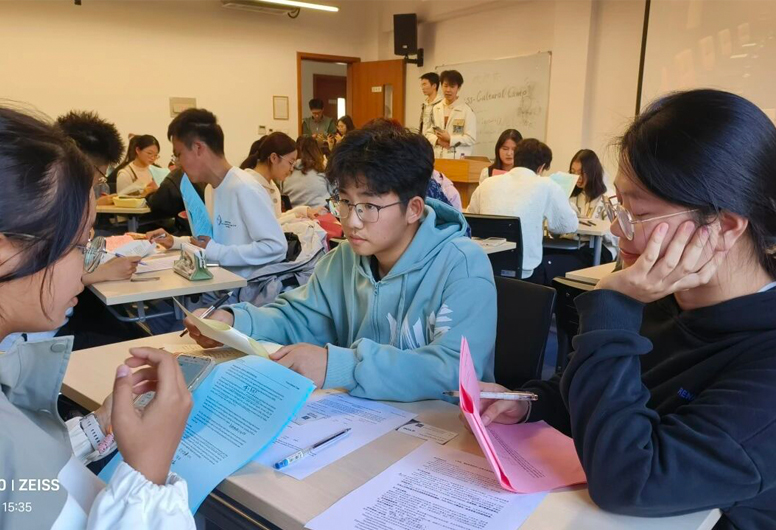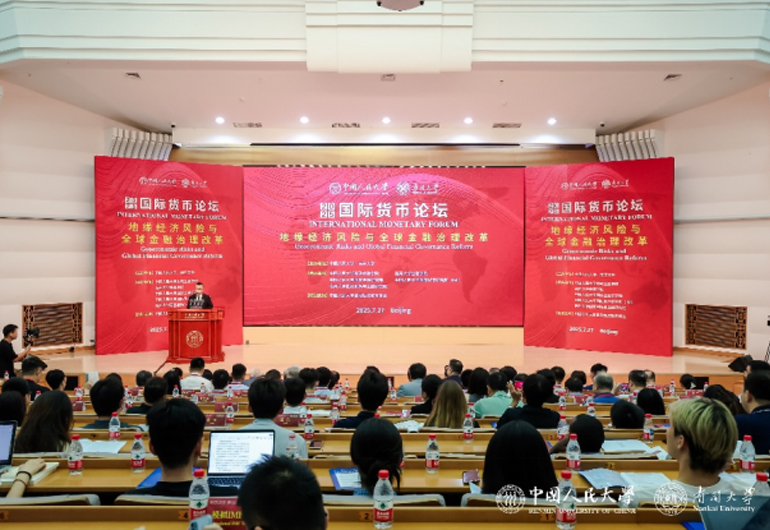A paper of our school was accepted by Journal of Empirical Finance
Associate professor Bin Guo and Professor Lanbiao Liu’s paper titled “The time-varying bond risk premia in China” was accepted by Journal of Empirical Finance.
They analyze the term structure and bond risk premia in China systemically. Since the zero-bound policy is not adopted by the Chinese authority, the short-term rate still has room to fluctuate. Even though, there exist obvious differences between China’s bond market and a developed one. Different from Fama and Bliss (1987), the future bond risk premia is fully originated from current movements in current forward rate, instead of forward spread, in China. Moreover, the candidate macro variables cannot help forecast risk premia, which is consistent with Bauer and Hamilton (2018). Using a group of Gaussian dynamic term structure models, they measure the predictable variations in premia, and find that only the level yield factor is priced. This paper is a comprehensive analysis on the term structure of interest rates and risk premia in China, which is beneficial to understand China’s interest rate transmission mechanism and bond risk formation mechanism.
The time-varying bond risk premia in China
Han Zhang, Bin Guo (corresponding), Lanbiao Liu
Journal of Empirical Finance, 65, January 2022, Pages 51-76.
https://doi.org/10.1016/j.jempfin.2021.11.004
Abstract
Unlike many developed countries in which zero interest rate policies are widely adopted, there is still room for interest rate fluctuations in China. Nevertheless, the dynamics of bond yields, forward rates and risk premia still differ from the traditional understanding. This paper focuses on the Chinese treasury bonds. By OLS regressions, we find movements in the current forward rate fully reflect future bond risk premia, while other variables do not improve its performances, regardless of in- and out-of-sample predictions. This result is confirmed by a group of no-arbitrage dynamic term structure models. Moreover, the theoretical models reveal three important findings: 1. there are about 20\% predictable variations in annual excess returns; 2. only the level factor risk is priced; 3. the candidate macroeconomic variables cannot contribute to the term premia structure.
Copywriter: Guo Bin
Editor: Ma Haisong, New Media Center, School of Finance
Reviewed: Ma Jin, Hao Ren








